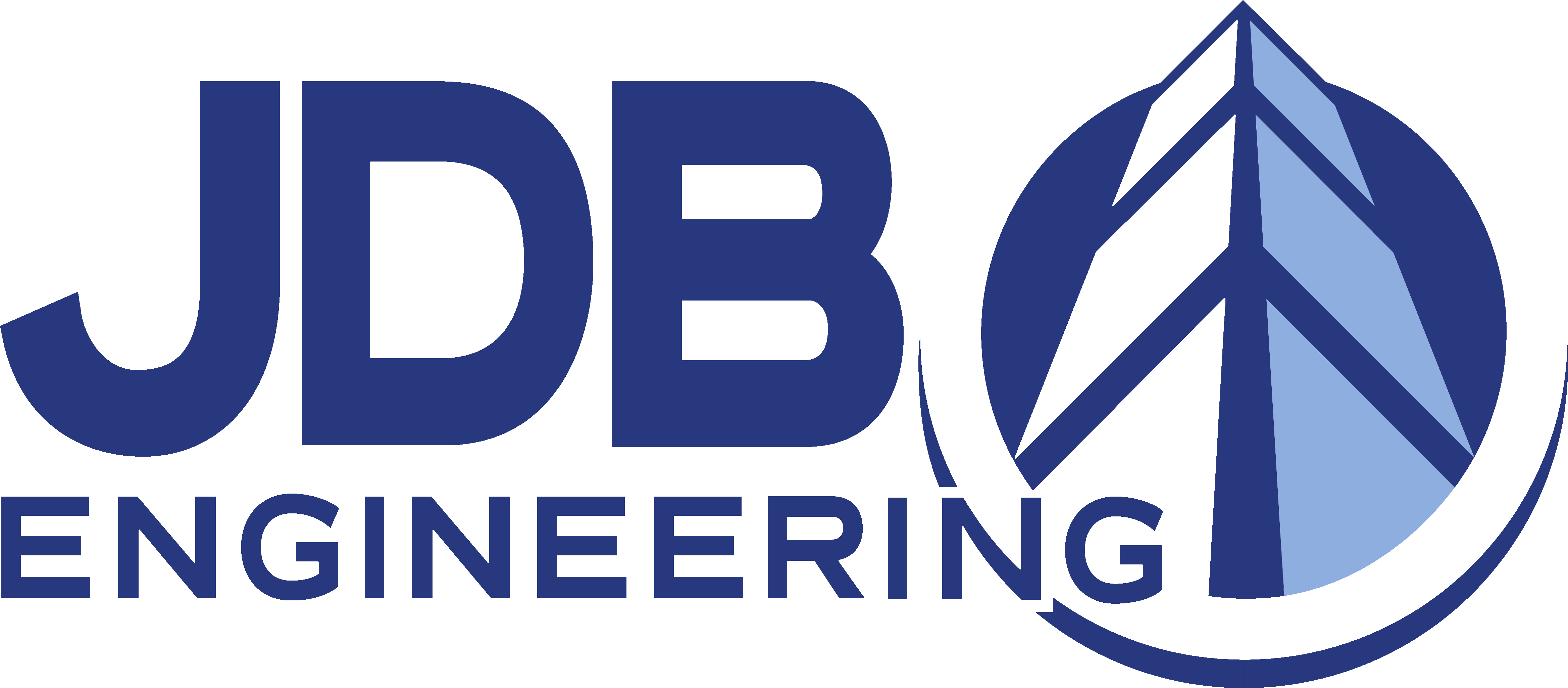 by Scott D. Butcher, FSMPS, CPSM
by Scott D. Butcher, FSMPS, CPSM
Should seller-doers be engaged on social media, or is it a waste of time – a series of distractions about cat videos and what your friends had for dinner last night?
Social media has changed greatly since the early days, and today most A/E/C firms have some level of presence on social media, with the most popular channels being LinkedIn, Twitter, Facebook, YouTube, and Instagram. If there were any doubt about the influence of social media, the United States election of 2016 put that to rest.
But is it really a “tool” for seller-doers? One of the definitions of tool from Webster’s dictionary is, “Anything used as a means of accomplishing a task or purpose.” And if the purpose of business development is generating new opportunities and building relationships with clients and potential clients, then social media is most definitely a tool.
However, all social media channels are not created equal.
Social Selling
If you are active in only one social media network, make it LinkedIn. Once described as “Facebook for business,” LinkedIn is a vital tool for developing your network and maintaining business relationships. In fact, LinkedIn is Ground Zero for a newer approach to business development known as Social Selling.
 Download Social Selling in the A/E/C Industry
Download Social Selling in the A/E/C Industry
Social Selling essentially entails building and leveraging your online network by providing useful information, which can come in many forms including writing blogs, sharing content – blogs, articles and videos, asking and answering questions, participating in groups, and ultimately making many new connections that may eventually lead to new project opportunities.
The idea of social selling is to position yourself as a provider of valuable content to your network, thus becoming a resource. Some of the people you help along the way may become clients. Many will not, but they may potentially refer you to someone in need of your services. This is the “new” type of referral in the 21st century: someone who knows of you, but has never worked with you, referring you and your company to a third party looking for A/E/C services.
But before you are ready to engage in social selling, you first must position yourself as someone that others would want to connect with. Hopefully you already have a presence on LinkedIn, but if you don’t, your focus should be on populating your biography. And if you’re already on LinkedIn, what does your profile actually look like? Do you have a recent photo – not one of you partying with other people cropped out?
A few years ago JDB Engineering was awarded a project in Baltimore. We had interviewed with members of the client’s board of directors, the contractor, and the architect – only one of whom had any prior knowledge of our existence. We were successful landing the project, and prior to the start-up meeting an executive with the client, who had not attended the project interview, called up our president. While on the phone she said something to the effect of, “Well you look like a trustworthy person – and your eyes are really blue!” It turned out the client was looking at our president’s LinkedIn profile as they were speaking!
Your profiles need a headline, too, and it shouldn’t just be your title. If you are an architect working in the health care environment, your headline could be “Problem-solving architect serving the health care industry.” Or “Intelligent architectural solutions for health care environments.” Make your headline a value statement – or at least give others a reason to connect with you. Of course, if you also work in the educational sector, and your headline is limited to “health care,” why would someone from the educational or commercial sectors want to connect with you? Know your audience.
If you are on LinkedIn, there are myriad fields you can populate – work history, publications, awards, licenses and certifications, education, and more. Take the time to fill these out because people will be looking to learn about you after you reach out to connect, and this will help you show up in searches as well.
Over the past few years there’s been a number of studies that confirm clients, or perspective clients, are checking out LinkedIn profiles of people trying to meet with them – or professionals wanting to work with them. The lack of a comprehensive profile can be viewed as a negative, particularly as generations change and digital natives increasingly move into leadership roles at their companies and institutions.
With Facebook, Twitter, and YouTube there’s not nearly as much front-end information to fill out, and they all have their own audiences. Facebook is generally more for personal use than business use; however, A/E/C firms often use Facebook to demonstrate company culture. Almost half of my Facebook friends are from the A/E/C industry, and I’m already connected with them on LinkedIn. Yet when we connect via Facebook, and view one-another’s posts, we develop a deeper relationship and get to know one-another on a personal basis. But don’t feel that you need to open your personal network to your business network.
Twitter was traditionally limited to 140 character posts, so everything was short and sweet. Today the maximum number of characters has increased to 280, which is still not a lot. Twitter is great for sharing information, particularly links to other sites with news or content. Most social media channels provide a way to directly message your followers or connections, and I first began to understand the power of Twitter when I was trying to develop a relationship with a county commissioner. His county had a forthcoming project, and I wanted to position my firm for the opportunity. Unfortunately, I couldn’t get past his gatekeeper, who intercepted all telephone calls and emails. And then one day I began following the commissioner on Twitter and he followed me back, which is common Twitter etiquette. So I direct messaged him about getting together for lunch – and he responded in the affirmative that same day, no gatekeeper involved!
YouTube is all about video, which is making massive leaps in popularity. Social media consumers love videos – particularly the first 60 seconds. Engagement drops off significantly in minute two, which is why you see a lot of companies making 45-60 second videos. I was recently speaking with the morning anchor of a popular local TV station, and she explained to me that they continually test audiences on content, and 60 seconds seems to be the maximum for obtaining full viewer attention. If you’ve been watching TV news for the past few decades, you’ve probably noticed that a lot of reports have gotten shorter over the years. This is driven by audience research.
Instagram is a more recent social media channel, and it has become extremely popular. All social media channels are more effective when posts include visuals, but with Instagram, an image is necessary, although it could be text on a background. Project photos, renderings, staff in action, and other graphics are perfect content for Instagram because of their visual nature.
Do This
That’s a quick overview of social media, but how can you use it for business development? Here’s a few suggestions:
- Connect with clients and prospective clients
- Post at least 3-5 times a week, if not more
- Provide information of value to your clients and prospects, which can include:
o Links to blogs you’ve written
o Links to your company blog
o Links to other blogs with useful information (non-competitors)
o Links to industry news
o Links to industry research and metrics or KPIs
o Links to interesting posts made by people in your network
o Your comments about something in the news (known as “newsjacking”)
o Your interpretation of recently-released research - Join groups of interest to your clients and potential clients
- Participate in group conversations
- Join online groups of client or professional organizations to which you belong
- Monitor the discussions taking place
- Follow your clients’ pages and groups
- Research prospective clients by following their news feeds
- Follow links of value and share the information with your coworkers
- Share posts about your projects
Don’t think of social media as “just one more thing I don’t have time for!” Make the time. Take ten minutes when you get to the office in the morning or over lunch. Pull up your social media feeds in the evening on your laptop or tablet.
I’ve actually found evenings are great for catching up on social media. I’ll often sit in my recliner, TV on in the background, and review the feeds. When I see articles, blogs, or news of interest – shared by someone in my network – I’ll often create a PDF of it, email myself a link to investigate further, or share immediately with colleagues.
Evenings are more for research and monitoring, while mornings are for engaging. Many professionals check their social media channels when they get to the office, and I’m usually in my office a bit after 7am, so it’s a great (and quiet) time to comment or share posts from my network or reach out to connect with people or correspond over direct messaging.
Keep the Twitter story I shared top of mind. I have connections – people I know – that ignore emails I send. If and when that happens, I’ll reach out over social media (usually LinkedIn) and try to get in touch that way. And yes, I try the phone too, but we’ve all mastered the art of not picking up the phone, so if I’ve left one or two unreturned voicemails, I’ll jump to social media. This can be effective, as everyone has differing preferences of how they prefer to be contacted. Don’t limit yourself to just phone or just email. One of the biggest values of social media is the ability to use its framework for starting a conversation.
Questions about how to get started with social selling? Check out jdbIQity and contact Scott D. Butcher, FSMPS, CPSM at 717-434-1543 or email him.
Connect with Scott
- LinkedIn: https://www.linkedin.com/in/scottdbutcher
- Twitter: https://twitter.com/scottdbutcher
You Might Also Enjoy
- Seller-Doer Tools: Warm Calling
- Seller-Doer Tools: Account Mining
- The State of Social Media in the A/E/C Industry (external link to Scott’s ENR blog)
- Content Marketing: A Short Primer for A/E/C Firms (external link to Scott’s ENR blog)


